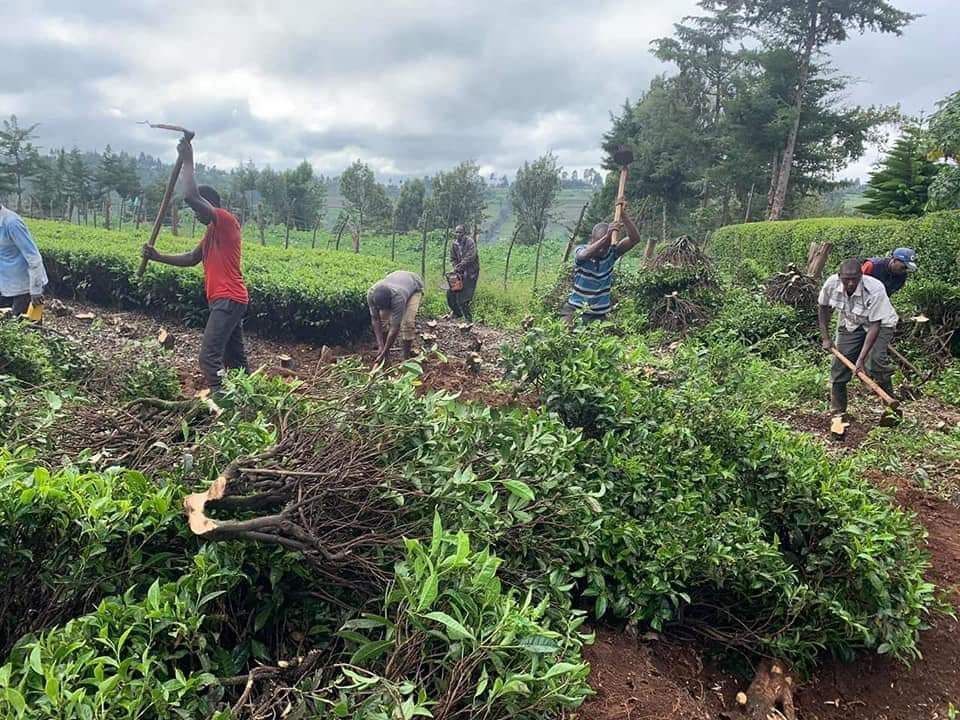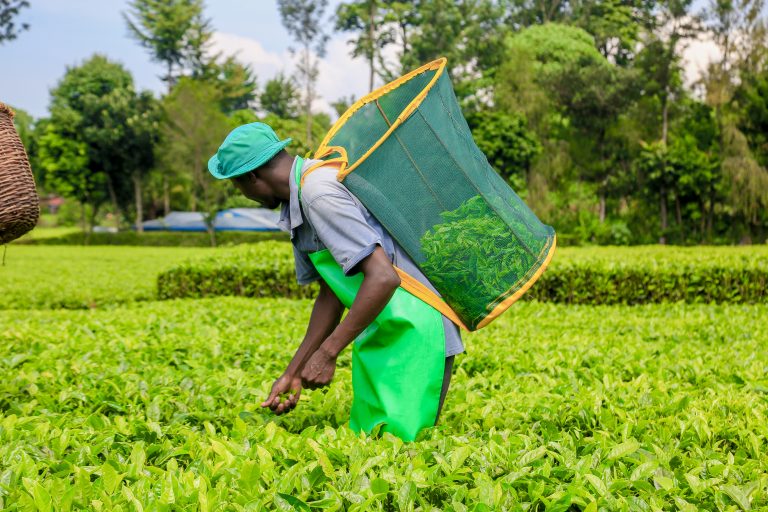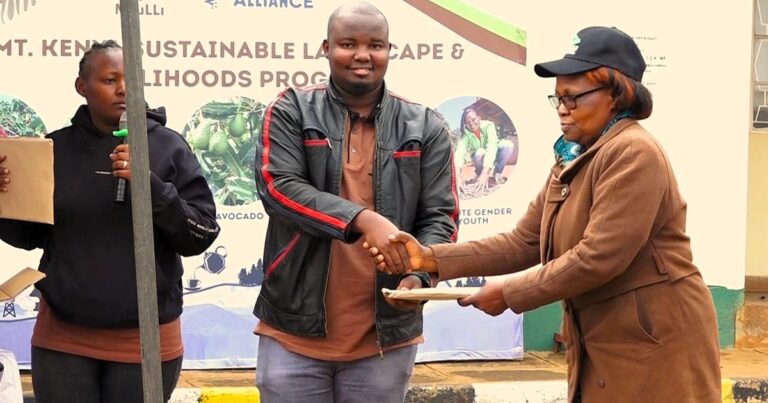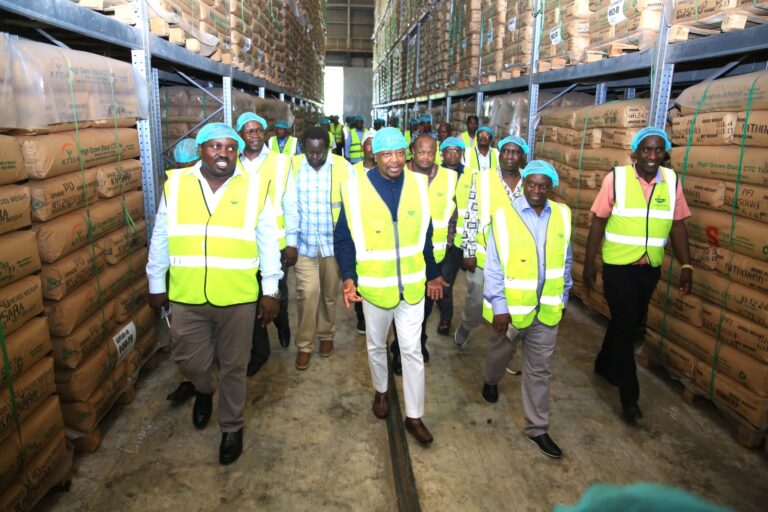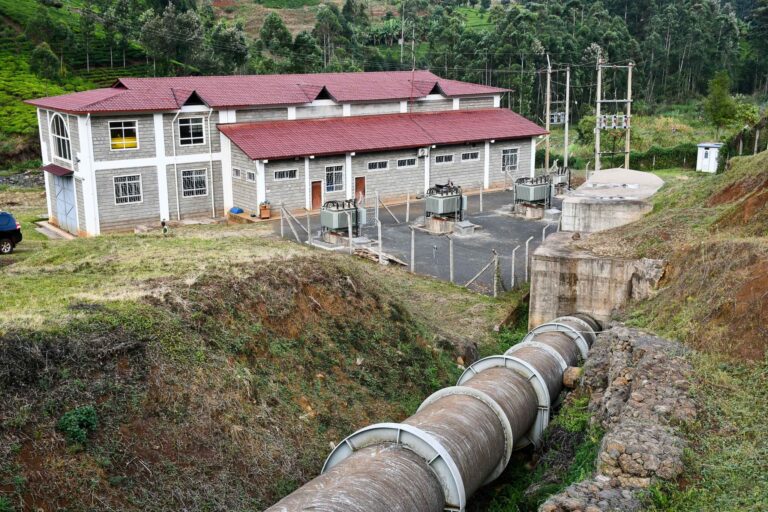The issue of tea has been a hot topic in Kenya recently. This is because of the declining tea prices especially bonuses that for a long time have been the pride of tea farmers. In the earlier years, when tea bonuses were given to farmers everybody in the country would take note due to the high circulation of money.
From bussiness people to the ladies of the night who conduct the oldest profession in the world, everybody strategically positioned themselves to get a slice of the pie including those who don’t own even a single tea bush. But recently, tea farmers have been crying out while others have gone an extra mile and uprooted their tea bushes. But what went wrong? First let us understand some tea facts:
Tea was first commercialized in Kenya in 1924. Kenya has since risen to the third position in tea production after China and India. The performance of the tea industry is vital to the Kenyan economy.
The tea industry contributes about 4% to the GDP and more than 20% of the foreign exchange. More than 700,000 Kenyans earn a living from tea and 6 million Kenyans directly or indirectly earn a living from tea.
Tea is grown in 21 counties and is also the only cash crop grown widely in geographically dispersed areas in Kenya. Tea is therefore an effective catalyst for rural development and has assisted to fund maintenance of rural road access, provide health and education facilities to rural populations.
Small scale tea farmers account for over 60% of Kenyas production through 69 KTDA managed tea factories while 40% is produced by the medium and large size tea estates.
Tea is also the only cash crop grown widely in geographically dispersed areas in Kenya. The small-scale tea farmers account for over 60% of Kenyas production through 66 KTDA managed tea factories with the rest being produced by the medium and large size tea estates.
The performance of the tea industry is vital to the Kenyan economy. Tea has for many years been the largest foreign exchange earner in Kenya contributing over Kshs 114 billion in 2013, Kshs 101 billion in 2014, Kshs 124 billion in 2015, Kshs 120.6 billion in 2016, Kshs 129 billion in 2017 and Kshs 140 billion in 2018.
Tea production was 490 million in 2018, 439 million kilos in 2017 and reached an all-time high of 473 million kilos in 2016. The production was 399 million kilos in 2015, 445 million kilos in 2014 and 432 million kilos in 2013. The smallholder subsector constitutes 56% of the total production while the plantation subsector constitutes 44%.
More than 396 million kilos of tea were sold through the Mombasa Tea Auction Center in 2015 and 390 million kilos in 2017. The average price of tea was $2.98 per kilogramme in 2017, $2.29 per kilo in 2016 and $2.73 per kilo in 2015.
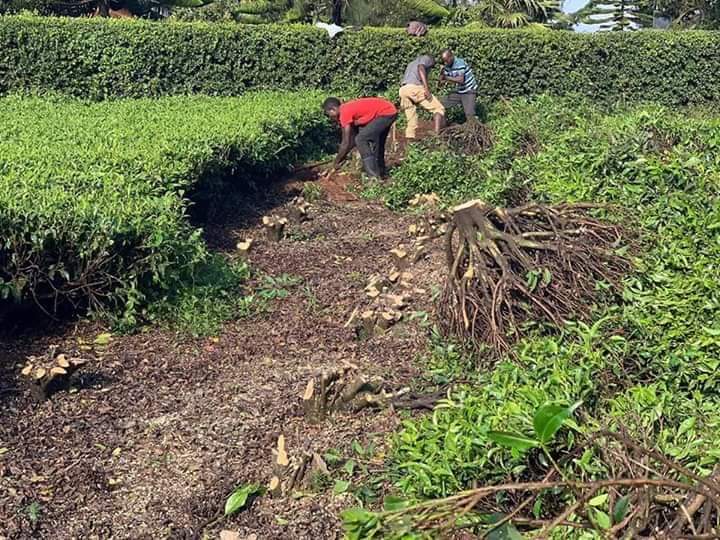
The Mombasa Tea Auction Centre is currently the largest Tea auction centre in the world and the only one dealing in teas from more than one country.
The top export markets for Kenyan tea are Egypt, Pakistan, United Kingdom, Afghanistan, Sudan, United Arab Emirates, Russia, Yemen and Kazakhstan.
Kenyan tea is of such a high premium in some consuming markets that the importers keep track of the auction trends on a weekly basis and will make purchase orders for a specific plantations or garden marks.
Let’s now look at the tea Auction in Mombasa. Who runs it?
The East Africa Tea Trade Association (EATTA) is a voluntary, non-profit umbrella body representing the interests of the tea industry in Africa. EATTA was registered in 1956 and has members drawn from 10 countries (Kenya, Uganda, Tanzania, Rwanda, Burundi, Ethiopia, Democratic Republic of Congo, Malawi, Madagascar and Mozambique) all actively engaged in growing, buying, broking and warehousing of tea.
EATTAs principal mandate is to run the weekly Mombasa Tea Auction Centre, currently the largest Tea auction centre in the world and the only one dealing in teas from more than one country. There are at present 220 EATTA members comprising 88 Producers, 83 Buyers, 11 Brokers, 21 Warehouses, 10 Packers and 8 Associate members. The Association is self-sustaining and draws its income through annual subscriptions paid by the membership.
Tea is marketed through 5 channels; 75% through the Mombasa Tea Auction, 7% to Kenya Tea Packers, 15% as direct sales overseas and locally and 3% at factory gate sale. There is low value addition of Kenya tea before marketing, presently only 14% of exports. Kenya tea is not branded.
The critical players in the Mombasa Tea Auction are the producer, the buyer and the broker. The producers offer tea in the auction for sale but does not physically attend the auction. The producer appoints a broker as a selling agent who will represent him in the auction. The broker earns a commission of a percentage of the sales value for the tea they have sold.
The Mombasa Auction has more than, seventy buyers reflecting the Kenya export volume into the key markets of Pakistan, Egypt, UK, Sudan Yemen and UAE among many others.
The auction operates on forces of demand and supply. When the volume of tea offered increases in a situation of static demand the price will decline. The following factors make the Mombasa Auction Centre attractive:
*It is dollar denominated making it convenient for the international tea buyer
*It is the only multi origin auction centre handling tea from ten producer countries. This is a benefit as it offers the buyer variety of tea thereby more attractive
*It is free from VAT since the tea sold through the auction does not attract taxes.
*It is the auction Centre that most embraces innovation; including the electronic bill board tea sales payment system, live streaming that allows remote access to the auction proceedings by the producer from the comfort of their farm. The next move is the development of an electronic auction platform to enhance efficiency and transparency.
*Payment for tea is assured and made by the tea buyers within 9 working days.
*Access to the port thereby allowing efficient delivery to overseas customers
*It runs every week throughout the year, except during the week of Christmas.
So what is happening to tea prices with all these positive attributes?
The EATTA is governed by 14 Board of Directors drawn from five countries and representing the whole value chain. The Board of Directors serve in five different Board Committees alongside with co-opted members. The following are the members of the various Board Committees of the East African Tea Trade Association.
Sub Associations: The operations of the Association are also conducted through Sub Associations: Tea Producers Association, Tea Brokers Association, Tea Buyers Association, Tea Warehousemen Association, Tea Packers Association.
Country Associations: EATTA also collaborates with various Country Associations such as: Uganda Tea Association, Rwanda Tea Association, Tea Association of Tanzania, Tea Association of Malawi and Burundi Tea Authority.
Global tea production in 2018 was estimated at 5.85 billion kilos up from 5.81 billion kilos in 2017, 0.68% increase. Africas contribution to this production figure was 717 million kilos accounting for 12.25%. Global exports were 1.85 billion kilos while Africas contribution was 654 million kilos accounting for 35%. Productivity is predominantly driven by weather and improved husbandry.
Global consumption of tea in 2018 was 5.61 billion kilos compared to 5.48 billion kilos in 2017 an increase of 2.4% and a surplus of 241 million kilos. Economies of a number of importing countries are heavily dependent on oil and gas whose prices have been persistently low. Currency devaluations in a number of importing countries have had a negative impact on disposable income for consumer goods.
The Food and Agriculture Organisation (FAO) Intergovernmental Group on Tea (IGG/Tea) has advised that greater effort should be made on expanding demand, particularly in producing countries where per capita consumption is low compared to traditional import markets. In addition, FAO has encouraged diversification into other tea varieties such as green, organic and other value-added teas.
With a population of over one billion people and growing, Africa is the second most populous continent in the world behind Asia and provides a big potential market for tea and its related products. This in itself would lead to favourable tea prices and better returns to the tea producers and other members across the value chain.
Reasons for low prices and returns.
The Mombasa tea auction is currently the largest black CTC tea auction centre in the world and accounts for 32% of global tea exports. The auction is known for high quality teas and operates on forces of demand and supply. When the volume of tea offered increases in a situation of static demand the price will decline.
In the year 2018, the Mombasa tea auction centre traded over 400 million kilogrammes of tea valued at over one billion US dollars. More than 396 million kilos of tea were sold through the auction in 2015 and 390 million kilos in 2017. In 2013 the average price declined by 2.5 percent in relation to 2012 to 2.79 USD per kg. In 2014 average price declined further to 2.65 USD per kg. The average price of tea was $2.73 per kilo in 2015, $2.29 per kilo in 2016, $2.98 per kilogramme in 2017 and $2.58 in 2018.
In July, 2019 the Mombasa Tea Auction witnessed the lowest average price of US$ 1.76. This has since gone up to US$ 2.05 and is rising. The consolation is that the low tea prices are also being witnessed in competing tea producing countries such as India and Sri Lanka.
Factors contributing to the low prices and returns are the overproduction of tea as a result of increased planting, husbandry and rehabilitation. Tea production was 350 million in 2012, 432 million kilos in 2013, 445 million kilos in 2014 and 399 million kilos in 2015. The production was 473 million kilos in 2016, 439 million kilos in 2017 and 492 million kilos in 2018.
External socio economic and political factors have contributed to the declining tea prices. Pakistan continues to be a major player in the global tea trade. The impact of currency devaluation in that country is felt today. Inflation in Egypt reached highs of 20% in 2018 but is projected to drop to 14% in 2019. The United Kingdom continues to be unpredictable in the wake of uncertainties associated with Brexit.
High inflation rates in Sudan hitting 70% and the recent political developments are a concern for the tea trade. The reintroduction of US led sanctions to Iran is bound to have far reaching ramifications to the trade as well. A reduction in export to Arabian markets due to the Arab spring uprising, drop in oil prices and heat wave in Europe have all contributed to the declined demand and consequently low prices.
Decline in quality of some teas as a result of weak enforcement of Tea Regulations resulting in leaf hawking, mushrooming of new tea factories and in some instances, substandard processing machinery has also contributed to the problem.
The tea trade has not embraced and kept pace with the changing consumer demands from tradition and culture to health and wellness benefits in tea. This requires a need to shift towards premium tea and high value specialty teas as consumers are more knowledgeable about tea varieties and origin. Young consumers are increasingly searching for innovations and healthy teas while consumers have growing interest in food-safety management systems. Supermarkets are also demanding higher quality teas often at discounted prices.
Other contributing factors to the decline in tea prices and returns include the levying of VAT on direct sales by local exporters, levying of VAT on buyer inter-trading, lack of adequate consumer driven research and development and promotional activities. Whereas VAT is not levied on the 95% of the tea exports the same is charged on 5% of the locally consumed tea.
While tea prices have been on the decline or stagnated the tea industry is grappling with increased costs of production such as labour, fertilizer, electricity and fuel. With the prevailing low average price of tea most tea producers are not able to sustain the costs of production. The current low returns to the multinational tea companies and the KTDA small-scale tea farmers in the form of the annual final payments popularly known as “tea bonus is a reflection on the increased costs of production and the low international prices. Some tea producers have actually recorded losses.
In order to ensure sustainability of the tea industry, short term, medium term and long-term interventions are proposed. Producers need to diversify from Non-CTC teas (Named for the process, “crush, tear, curl”) to value-added and specialty teas. This has to be supported by incentives. There is also more need to encourage more tea consumption in the local market standing at only 500 grams and enhanced promotion especially in new and emerging markets.


